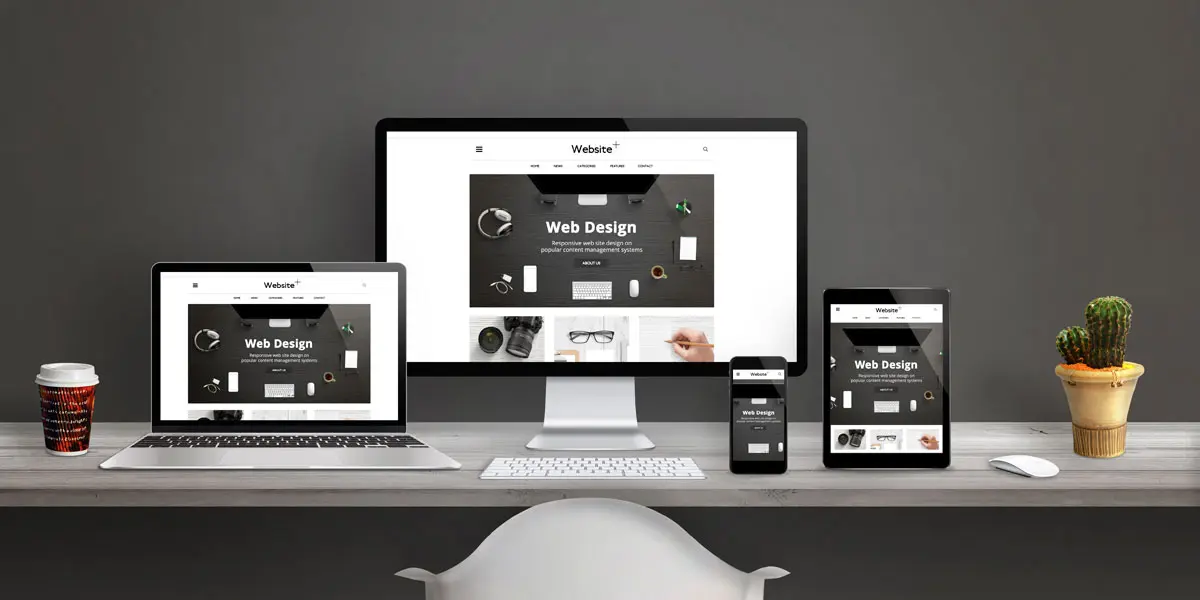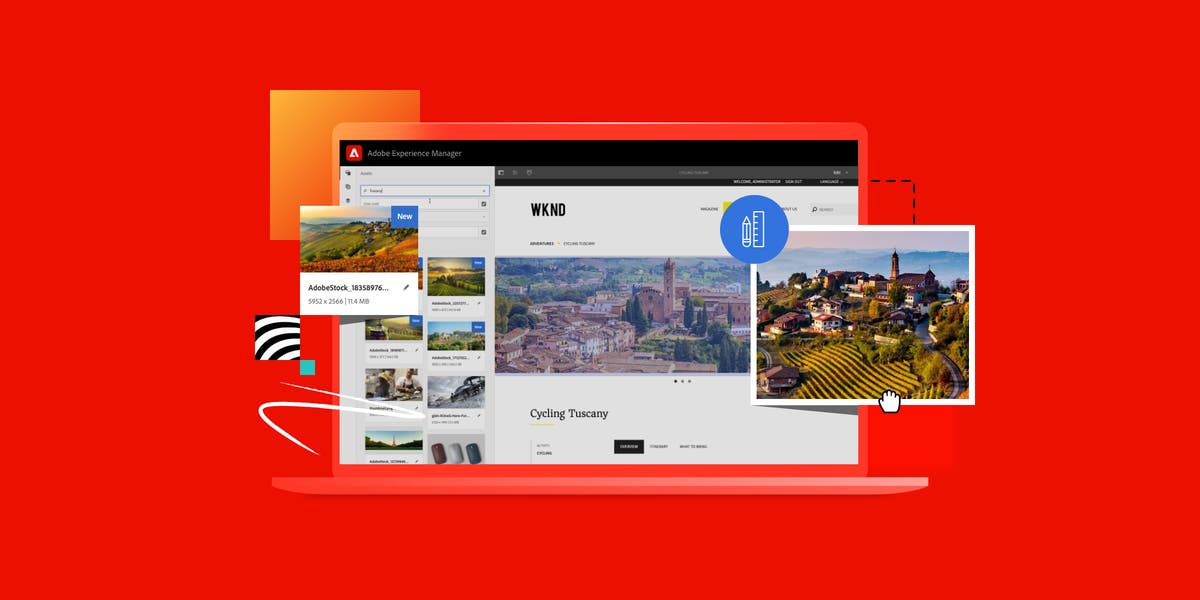In today’s digital age, where attention spans are fleeting and competition for user engagement is fierce, interactive web design has emerged as a powerful strategy for captivating audiences and fostering meaningful interactions. By incorporating dynamic elements, immersive storytelling, and personalized experiences, interactive web design goes beyond static content to create engaging, memorable, and user-centric online experiences. Let’s delve into the world of interactive web design and explore how it enhances user engagement and elevates the digital landscape.
1. Creating Immersive Experiences
Interactive web design transforms passive browsing into active engagement by inviting users to participate in the storytelling process. From scroll-triggered animations and interactive infographics to parallax scrolling and multimedia experiences, interactive elements immerse users in the narrative, encouraging exploration and discovery. By leveraging techniques such as gamification and storytelling, designers can create immersive experiences that captivate users’ attention and leave a lasting impression.
2. Fostering User Engagement
At its core, interactive web design is about fostering meaningful interactions between users and content. By incorporating interactive features such as quizzes, surveys, and polls, designers can invite users to actively engage with the website, driving deeper involvement and encouraging social sharing and participation. Interactive elements not only entertain and inform users but also create opportunities for feedback and dialogue, fostering a sense of community and connection.
3. Personalizing the User Experience
Personalization is a key component of interactive web design, allowing designers to tailor the user experience to individual preferences and behaviors. Through techniques such as dynamic content, user-generated content, and personalized recommendations, designers can create customized experiences that resonate with users on a personal level. By delivering relevant and timely content, interactive websites can enhance user satisfaction, increase engagement, and drive conversions.
4. Encouraging Exploration and Discovery
Interactive web design encourages users to explore and discover content in a dynamic and engaging manner. By incorporating interactive navigation menus, intuitive search functionalities, and interactive maps, designers can empower users to navigate the website effortlessly and discover new information and resources. Interactive elements such as hover effects, tooltips, and hotspots provide additional context and guidance, enriching the user experience and facilitating exploration.
5. Measuring and Iterating
One of the strengths of interactive web design is its measurability and flexibility. Designers can track user interactions, engagement metrics, and conversion rates to gain insights into user behavior and preferences. By analyzing this data, designers can identify areas for improvement, refine interactive elements, and optimize the user experience over time. Iterative design allows designers to adapt to changing user needs and preferences, ensuring that the website remains relevant and effective in the long term.
Conclusion: Elevating User Engagement
In conclusion, interactive web design has revolutionized the way users interact with digital content, transforming passive consumption into active engagement. By creating immersive experiences, fostering user engagement, personalizing the user experience, encouraging exploration and discovery, and measuring and iterating, designers can create websites that captivate, inspire, and delight users. In an increasingly competitive digital landscape, interactive web design offers a powerful strategy for standing out, driving engagement, and achieving business objectives. By embracing the principles of interactive design, designers can elevate the user experience and create dynamic online experiences that leave a lasting impression.




